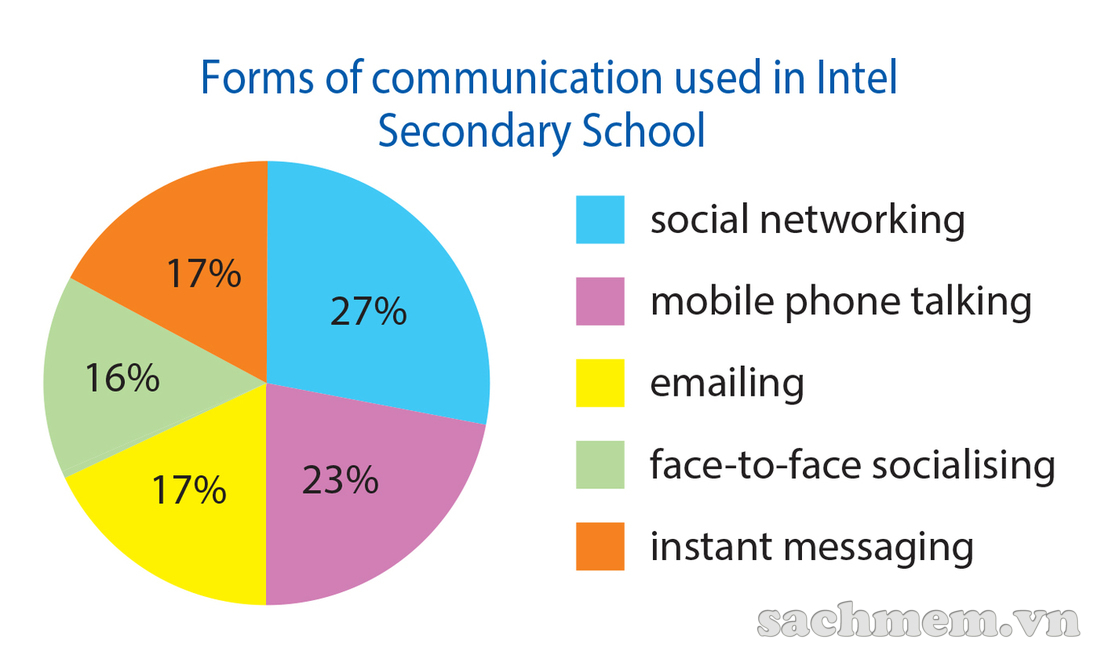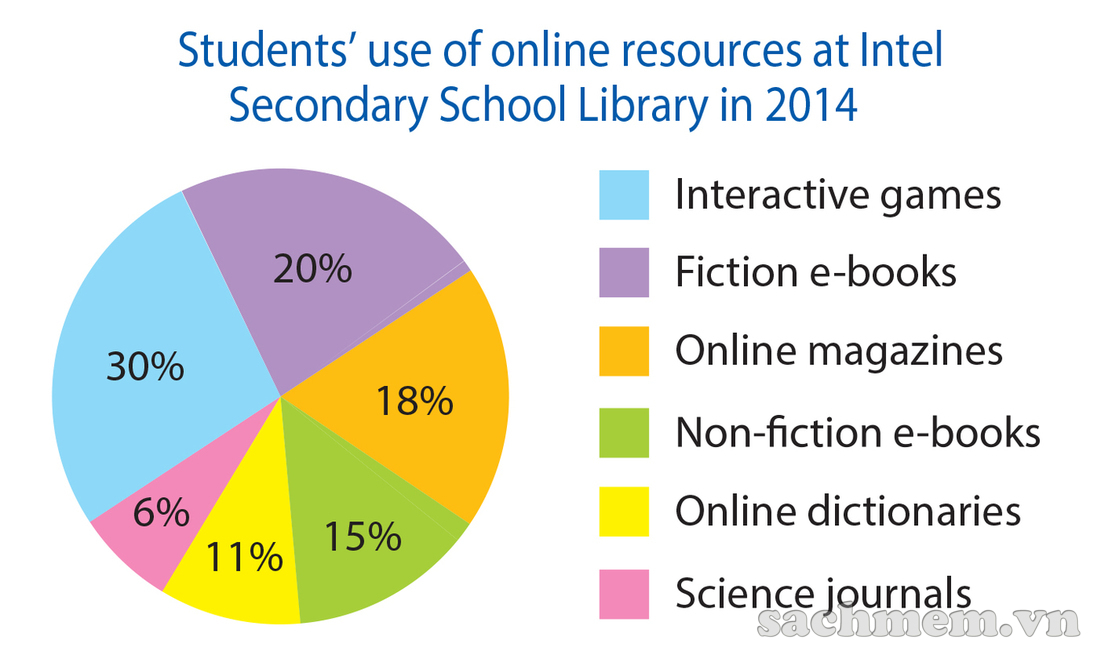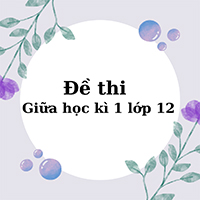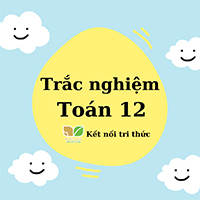Tiếng Anh lớp 12 Unit 4 Skills
Skills Unit 4 SGK tiếng Anh 12 mới trang 50
Nằm trong bộ tài liệu Giải Tiếng Anh lớp 12 mới theo từng Unit, tài liệu Soạn Unit 4 lớp 12 The mass media Skills dưới đây gợi ý đáp án bài tập trong sách giáo khoa tiếng Anh 12 mới Unit 4 giúp các em chuẩn bị bài tại nhà hiệu quả.
Mass media forms Các hình thức truyền thông đại chúng
1. Work in pairs. Put the words and phrases related to the mass media in three groups: print, television and the Internet. Use a dictionary to look up unfamiliar words. Làm việc theo cặp. Đặt các từ và cụm từ liên quan đến các phương tiện truyền thông đại chúng trong ba nhóm: in, truyền hình và Internet. Sử dụng từ điển để tra các từ lạ.

Đáp án
Print: books, magazines, leaflets, newspapers
Television: news programmes, dramas, reality shows, documentaries
The Internet: email, websites, instant messaging, data sharing, social networking
2. Quickly read the text and choose the best heading. Nhanh chóng đọc các văn bản và chọn tiêu đề hay nhất.
Đáp án
Chọn b. Forms of mass media
3. Match each of the following words with its meaning. Use a dictionary if necessary. Nối mỗi từ sau đây với ý nghĩa của nó. Sử dụng từ điển nếu cần thiết.
|
a. audience (n) |
1. the ordinary people in society who are not leaders or who are considered to be not very well educated |
|
b. broadcast (v) |
2. a notice, picture or film telling people about a product, job or service |
|
c. advert (n) |
3. the time when something first begins to be widely used |
|
d. the masses |
4. send out programmes on TV or radio |
|
e. emerge (v) |
5. the people who watch or listen to a particular programme (a play, concert, talk, etc.) |
|
f. advent (n) |
6. appear; begin to be known or noticed |
Đáp án
|
a. 3 |
b. 4 |
c. 6 |
d. 2 |
e. 1 |
f. 5 |
4. Read the text again. Decide if the following statements are true (T), false (F), or not given (NG). Tick the correct box. Đọc văn bản một lần nữa. Quyết định xem các nhận định sau đây là đúng (T), sai (F), hoặc không xác định (NG). Đánh dấu vào ô đúng.
Đáp án
|
1. F |
2. T |
3. F |
4. T |
5. NG |
5. Work in pairs. Tell each other about the forms of mass media that you use every day. Explain how you benefit from using them. Làm việc theo cặp. Nói về các hình thức truyền thông đại chúng mà bạn sử dụng hàng ngày. Giải thích cách bạn được hưởng lợi từ việc sử dụng chúng.
Đáp án
- The forms of mass media that I use everyday: TV, mobile phone, Internet...
(Hình thức truyền thông mà tôi sử dụng hàng ngày: TV, điện thoại di động, Internet ...)
- Benefit: to entertain, amuse, inform, educate and unite others.
(Lợi ích: để giải trí, để vui chơi, thông tin, giáo dục , và gắn kết với người khác...)
Speaking
1. Complete the following conversation, using the sentences in the box. Then practise it with a partner. Hoàn thành cuộc trò chuyện sau đây, bằng cách sử dụng câu trong hộp. Sau đó, luyện tập nó với một người bạn.
a. I also read others' profiles miles away
b. it's fun to share with our friends our work and feelings sometimes
c. someone hacked it last month
d. I'm busy to prepare for the exam at the end of the school year
e. I closed it already
f. Er... Most of my day
Ann: Do you have any accounts on Facebook or Twitter, Ninh?
Ninh: Yes. But (1) ____________.
Ann: Oh, really? How come?
Ninh: Well, (2) ____________.
Ann: Why don't you open a new one?
Ninh: Because (3) ____________.
Ann: Oh, I see. However, (4) ____________.
Ninh: I know. But I used to be distracted from my work when I got on the Net.
Ann: How many hours a day did you spend on the Net?
Ninh: (5) ____________!
Ann: What did you do then?
Ninh: I updated my profiles, shared my photos and videos with my friends, and (6) ____________.
Ann: Well, it really took a lot of time for these things!
Ninh: You're right. But no more. Now I have to focus on the coming exam.
Đáp án
|
1-e |
2-c |
3-d |
4-b |
5-f |
6-a |
1. It makes you do homework less and spending less time with friends and family.
(Nó khiến bạn ít làm bài tập về nhà và dành ít thời gian cho bạn bè và gia đình hơn.)
2. It helps you keep in touch with friends and family any time.
(Nó giúp bạn giữ liên lạc với bạn bè và gia đình mọi lúc.)
3. It wastes your time.
(Nó làm lãng phí thời gian của bạn.)
4. It helps you share feelings and work with friends.
(Nó giúp bạn chia sẻ cảm xúc và công việc với bạn bè.)
5. It helps you make friends with people miles away.
(Nó giúp bạn kết bạn với bạn bè từ muôn dặm xa.)
6. It makes you curious about other people's lives.
(Nó khiến bạn tò mò về cuộc sống của những người khác.)
Đáp án
Positive opinions: 2,4,5
Negative opinions: 1,3,6
3. Work in pairs. Have a similar conversation as the one in 1, discussing the advantages and disadvantages of using social networks and how you use them. Use the ideas in 2. Làm việc theo cặp. Tạo một cuộc trò chuyện tương tự như phần 1, thảo luận về những lợi thế và bất lợi của việc sử dụng các mạng xã hội và cách bạn sử dụng chúng. Sử dụng ý tưởng trong 2.
Đáp án
A: Do you have any accounts on Facebook or Twitter, Ninh?
B: Yes. I have accounts on Facebook .
A: Oh, really?
B: Well.
A: What do you think is the advantages of using facebook ?
B: I think it help me keep in touch with friends and family any time, make friends with people miles away .
A: Oh, I see. However, it also has disadvantage. What do you think about it? .
B: I know. It makes me do homework less and spending less time with friends and family. And it wastes my time.
A: How many hours a day did you spend on the Net?
B: Err... Most of my day !
A: What did you do then?
B: I updated my profiles, shared my photos and videos with my friends, and so on .
A: Well, it really took a lot of time for these things!
Listening
Social media: Language learning apps Phương tiện truyền thông xã hội: ứng dụng học ngôn ngữ
1. Read about how three students use social media. Complete the sentences with the words from the box. Đọc về cách ba học sinh sử dụng phương tiện truyền thông xã hội. Hoàn thành câu với các từ trong khung.
Đáp án
|
1. app |
2. record |
3. GPS |
|
4. interactive |
5. connect |
6. audio |
|
7. updates |
|
Đáp án
Key 2 và 3
3. Listen again. Give answers to the following questions. Nghe lại. Trả lời các câu hỏi sau.
Đáp án
1. She downloaded some language learning apps on her smartphone and started learning vocabulary on the go.
2. Because she wants to improve her English.
3. She uses some social networking sites.
4. She used a free programme on her smartphone.
4. Work in groups of four. Listen again. What do think about Lan's ways of improving her English? What can you learn from her experience? Làm việc trong nhóm bốn người. Lắng nghe một lần nữa. Bạn suy nghĩ gì về cách cải thiện tiếng Anh của Lan? bạn có thể học hỏi gì từ kinh nghiệm của cô?
Đáp án
- I can learn from Lan's experience: download some language learning apps on my smartphone and started learning vocabulary on the go, uses some social networking sites to learn, and play game crossword puzzles.
(Tôi có thể học từ kinh nghiệm của Lan: tải xuống một số ứng dụng ngôn ngữ cho điện thoại thông minh của tôi và bắt đầu học từ vựng khi di chuyển, sử dụng một số trang web mạng xã hội để học, và chơi trò chơi ô chữ.)
Writing
Describing a pie chart showing the use of online resources Mô tả biểu đồ hình tròn thể hiện việc sử dụng nguồn tài nguyên trực tuyến
1. Work in pairs. Discuss the difference between a graph and a chart; and how to describe a pie chart. Làm việc theo cặp. Thảo luận về sự khác biệt giữa một đồ thị và biểu đồ; và làm thế nào để mô tả biểu đồ hình tròn.
Đáp án
+ Charts and graphs represent a series of data but they are different from each other. Graphs are mainly used to represent variation in values over a period of time. Charts are used to give information about the frequency of different quantities in a single pictorial representation.
+ To describe a pie chart we should specify the information (content) and proportion of each segment, which can be measured in percentages (%) or fractions (e.g. one-third, a quarter).
2. The pie chart below illustrates the forms of communication used by students in Intel Secondary School. Complete the description with the words in the box. Biểu đồ hình tròn dưới đây minh họa các hình thức truyền thông được sử dụng bởi các sinh viên trong trường Trung học Intel. Hoàn thành các mô tả với các từ trong hộp.

|
tied in majority recorded preferences dominant the least |
The pie chart shows the preferred forms of communication recorded in a survey carried out in Intel Secondary School in August 2014. Following is a brief description of the students' (1) _________. Social networking is (2) _________as the most preferred form of communication with a (3) _________ of 27%. Mobile phone ranks the second at 23%. Emailing is closely (4) _________ with instant messaging at 17% each. The least is face-to-face socialising, which is given 1% less than emailing and instant messaging.
To conclude, the (5) _________ mode of communication for the students at Intel Secondary School is social networking. Of all the other forms – mobile phone talking, emailing, face-to-face socialising and instant messaging – students use face-to-face socialising (6) _________.
Đáp án
|
1. preferences |
2. recorded |
3. majority |
|
4. tied in |
5. dominant |
6. the least |
3. Study the pie chart and write a paragraph of 130-160 words to describe it. Nghiên cứu các biểu đồ hình tròn và viết một đoạn 130-160 từ để mô tả nó.

Đáp án
The pie chart shows students' preferred online resources recorded in a survey carried out at Intel Secondary School Library in 2014. Following is a brief description of the students' preferences.
We can see that a majority of students played interactive games, which rank the first at 30%. Fiction e-books line in the second at 20% and are at 10% less than interactive games. Online magazines rank the third at 18% while non-fiction e-books account for 15%. Online dictionaries are the fifth library resource at 11%. Only a minority of students, or 6%, used science
journals, which is the least popular of all resources, and used fivefold less than the most preferred resource, interactive games.
To conclude, the dominant form of online resources used by the students at Intel Secondary School Library is interactive games. Of all the other resources - fiction e-books, online magazines, non-fiction e-books, online dictionaries and science journals - students used science journals the least.
Trên đây là Soạn Unit 4 tiếng Anh lớp 12 The mass media Skills trang 50. Ngoài ra, VnDoc.com đã đăng tải rất nhiều tài liệu tiếng Anh 12 unit 4 The mass media khác giúp các em ôn tập hiệu quả.
>> Bài tiếp theo: SGK Tiếng Anh lớp 12 Unit 4 Communication and Culture










